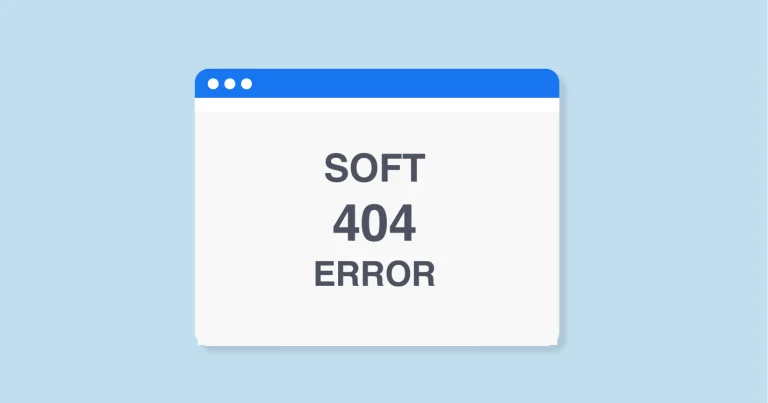What Are Long Tail Keywords?
Long tail keywords are an essential component of any effective SEO strategy. Unlike broad, high-competition keywords, long-tail keywords consist of three or more words and target specific search queries. These keywords often have lower search volumes but offer higher conversion rates due to their specificity. Understanding and leveraging long-tail keywords can significantly enhance your website’s visibility and attract more targeted traffic.
Why are Long Tail Keywords Important For SEO?
Targeted Traffic
Long tail keywords help in attracting visitors who are looking for specific information, products, or services. These users are often closer to the point of purchase, making them highly valuable. For instance, a user searching for “best noise-cancelling headphones for travel” is more likely to make a purchase than someone searching for “headphones.”
Lower Competition
Due to their specificity, long-tail keywords typically face less competition compared to broad keywords. This makes it easier for websites to rank higher in search engine results pages (SERPs). By targeting long-tail keywords, you can improve your chances of appearing on the first page of search results.
Improved Conversion Rates
Visitors who arrive at your site through long-tail keyword searches are generally more informed and ready to convert. This is because they have a clearer idea of what they are looking for, leading to higher conversion rates. For example, someone searching for “affordable wedding venues in New York City” has a higher intent to book a venue than someone searching for “wedding venues.”

How to Find Long Tail Keywords
Keyword Research Tools
Utilize keyword research tools like Google Keyword Planner, Ahrefs, and SEMrush to identify long-tail keywords relevant to your niche. These tools provide insights into search volume, competition, and potential traffic.
Google Autocomplete and Related Searches
Google’s autocomplete feature and related searches at the bottom of search results pages can be goldmines for long-tail keyword ideas. Typing a broad keyword into the search bar and noting the suggested completions can reveal popular long-tail variations.
Analyzing Competitor Keywords
Examining the keywords your competitors rank for can uncover valuable long-tail keywords. Tools like Ahrefs and SEMrush allow you to analyze competitor websites and identify the keywords driving their traffic.

Implementing Long-Tail Keywords in Your Content
High-Quality Content Creation
Incorporate long-tail keywords naturally into your content to avoid keyword stuffing, which can harm your SEO efforts. Create high-quality, informative, and engaging content that addresses the specific needs and queries of your target audience.
Optimizing On-Page Elements
Ensure that long-tail keywords are included in crucial on-page elements such as title tags, meta descriptions, headers, and image alt texts. This helps search engines understand the relevance of your content to specific queries.
Internal Linking
Use internal linking to connect related content within your website. This not only improves navigation but also helps search engines understand the context and relevance of your pages. Link anchor texts should naturally incorporate long-tail keywords where appropriate.
Measuring the Success of Long-Tail Keywords
Tracking Rankings and Traffic
Monitor your website’s rankings and traffic for the targeted long-tail keywords using tools like Google Analytics and Google Search Console. These tools provide valuable insights into how well your content is performing.
Analyzing Conversion Rates
Evaluate the conversion rates for visitors who arrive at your site through long-tail keywords. High conversion rates indicate that your content is effectively meeting the needs of your target audience.
Adjusting Your Strategy
Continuously refine your long-tail keyword strategy based on performance data. Identify keywords that are driving traffic and conversions, and create more content around those terms. Discard or modify keywords that are not performing well.
Conclusion
Mastering long tail keywords is a powerful strategy to improve your website’s SEO performance. By focusing on specific, less competitive keywords, you can attract targeted traffic, achieve higher rankings, and increase conversion rates. Implement the strategies outlined in this guide to harness the full potential of long-tail keywords and elevate your SEO game.
Read More What is Semrush? A Complete Guide







